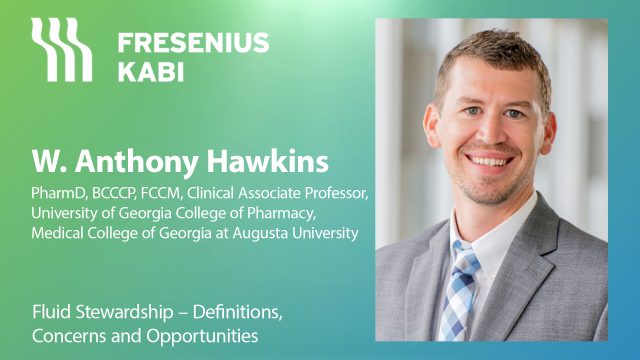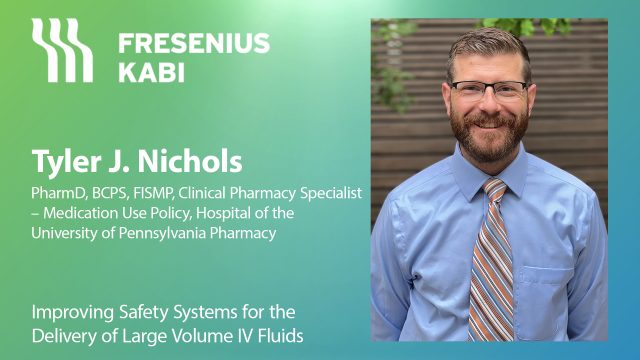Advertisment
Sleep disorders in childhood increase ADHD risk

Epidemiologists in Spain have found a new link between childhood sleep patterns and behaviour, with implications for the understanding of attention deficit hyperactivity disorder (ADHD) in preadolescence.
The study, conducted by the University of Valencia and Universitat Jaume I in Castelló, and published in the European Journal of Pediatrics, advances understanding of the causes of ADHD, a neurodevelopmental disorder affecting around 7.5% of children.
Researchers worked with 1,244 boys and girls from Gipuzkoa, Sabadell and Valencia, assessing sleep disorders at the age of 8 or 9 using the Child Behaviour Checklist (CBCL) and examined manifestations of ADHD using the Conners Parent Rating Scale (CPRS-R:S).
Several studies had previously shown that sleep disorders and ADHD are common during childhood, with a prevalence of 20% for sleep disorders and 3-7.5% for ADHD. Sleep disorders are more prevalent in children with ADHD.
The new study establishes a strong relationship between sleep disorders at the ages of 8 and 9 and the development of ADHD symptoms at the ages of 10 and 11. The association between sleep disorders and ADHD symptoms was maintained after excluding from the initial analysis children who had shown previous clinical problems (for example, those born small for their gestational age, premature babies, and those who had symptoms compatible with an ADHD diagnosis either before and at the same time as the appearance of sleep disorders). This highlights the strength of the association between sleep disorders and ADHD.
‘These findings must be interpreted with caution,’ said Dr Llúcia González, who led the team. ‘Although not all children with sleep disorders will develop symptoms of ADHD, detecting them at an early stage, with questionnaires that are easy to apply in paediatric consultations, could contribute to preventing or mitigating future symptoms of behavioural problems like ADHD. It would therefore be useful to incorporate this type of screening tool into primary care programmes such as the Children’s Health Programme.’





